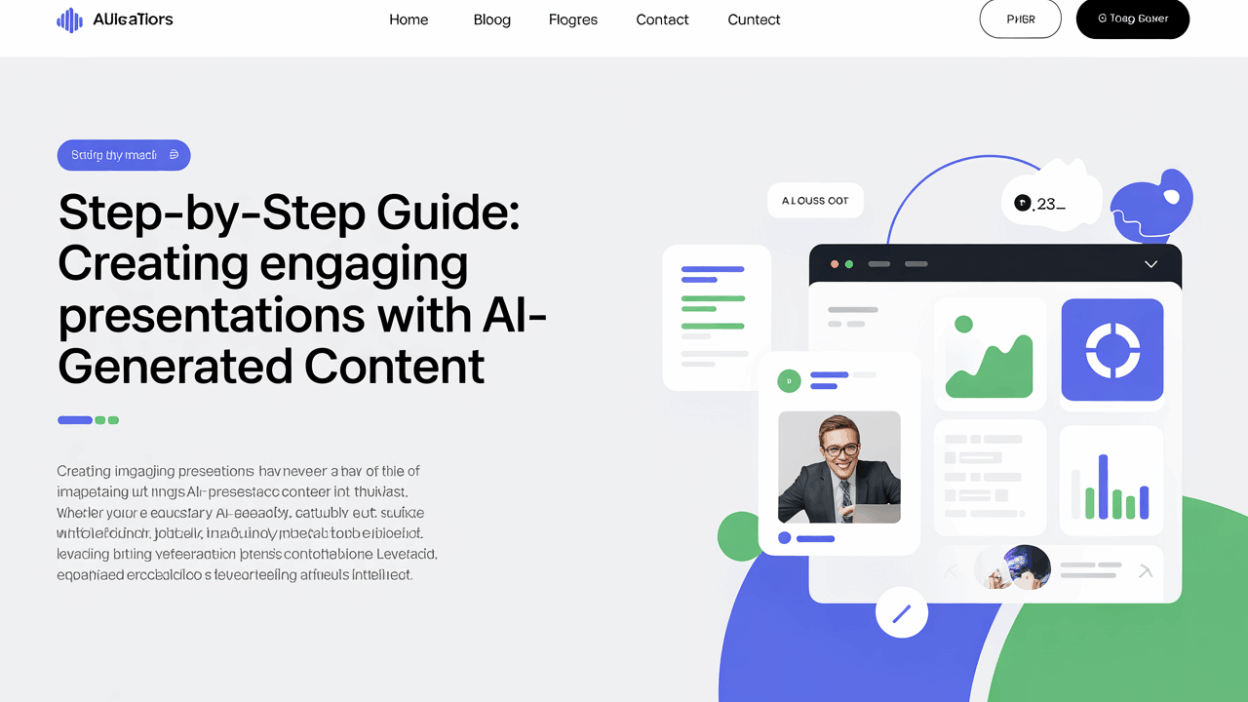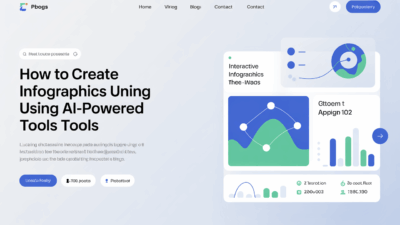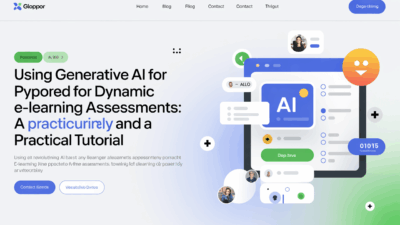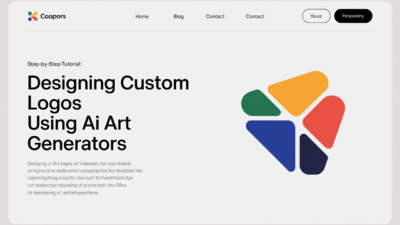Creating engaging presentations has never been easier, thanks to the power of AI-generated content. Whether you’re a student, educator, or business professional, leveraging artificial intelligence can help streamline the design process and elevate the quality of your slides. This step-by-step guide will walk you through how to transform your ideas into compelling presentations using AI tools.
Step 1: Define Your Objective and Content Structure
Before diving into AI tools, start by outlining the purpose of your presentation and organizing your key points logically. A clear structure ensures that your AI-generated content aligns with your message . Decide on the number of slides, main topics, and supporting details you want to include.
Step 2: Choose the Right AI Presentation Tool
Several platforms specialize in generating presentations from text inputs. Tools like MagicSlides , Monsha’s AI slide maker , and Slides AI offer intuitive interfaces and smart design suggestions. Select one that fits your needs—whether it’s free access, customization options, or educational features.
Step 3: Input Your Content or Prompts
Once you’ve chosen your tool, input your prepared content or use prompts to guide the AI. For instance, if you’re creating a presentation about climate change, you might prompt the AI with phrases like “Create a slide on the impact of global warming on polar ecosystems” . Well-crafted prompts lead to more relevant and targeted outputs.
Step 4: Let the AI Generate Your Slides
After submitting your content, allow the AI to generate your slides. These tools analyze your input and automatically suggest layouts, color schemes, fonts, and visual elements that enhance readability and engagement . Within minutes, you’ll have a professionally designed draft ready for review.
Step 5: Customize and Refine
While AI does most of the heavy lifting, personalizing your slides adds a human touch. Adjust images, tweak transitions, and fine-tune text to better match your speaking style or brand identity . Most platforms allow easy drag-and-drop editing, making it simple to enhance visuals without design experience.
Step 6: Review for Accuracy and Flow
Before finalizing, ensure each slide conveys your message clearly and transitions smoothly from one idea to the next. Check for factual errors, formatting inconsistencies, and visual distractions that could detract from your core message .
Step 7: Export and Present with Confidence
Once satisfied, export your presentation in your preferred format—PDF, PowerPoint, or Google Slides—and rehearse your delivery. With an AI-designed deck, you’re equipped to engage your audience effectively and professionally.
Conclusion
AI-powered presentation tools are revolutionizing how we create and deliver content. By following these steps, you can save time while producing polished, visually appealing presentations tailored to your audience’s needs. Embrace the future of storytelling with AI and unlock new levels of creativity and efficiency in your work .



